In early November, the Government Office issued a notice of Deputy Prime Minister Tran Hong Ha's conclusion on converting private universities into public universities. Accordingly, up to now, there are still two private universities, Saigon University of Technology and Phuong Dong, that have not completed the conversion according to the provisions of the 2005 Education Law, Decree No. 75 guiding the implementation of a number of articles of the Education Law and Decision 122 of 2006 of the Prime Minister on agreeing to convert 19 private universities into private universities (to be completed before June 30, 2007).
DIFFICULT TO FIND CONSENSUS AMONG FOUNDERS AND INVESTORS
Speaking with Thanh Nien reporters, the leaders of Saigon University of Technology frankly shared the reasons why for many years the school has not been able to complete the documents to convert from a public to a private model.

Saigon University of Technology, one of two private universities that have not yet converted to private
This leader said: "Each of the 19 private schools has a different founding and ownership model, no two schools are the same. Some schools have only 1-2 founders and investors, some schools are acquired by a corporation and become the sole investor. That will make it very easy to implement the regulation of transferring ownership from collective to private ownership as well as the organizational structure. Meanwhile, Saigon University of Technology has 10 founders, which means the first 10 investors with equal capital. The financial and intellectual resources of these 10 investors are equal."
According to the school representative, the investors are all teachers who are passionate about education, and initially wanted to build a university that is oriented towards a true pedagogical environment, not for profit. Therefore, the transition from collective ownership to private ownership with an operating model similar to a business has caused this process to encounter many obstacles.
"During the operation, the school mobilized additional capital to increase capital. Some investors transferred to their children, so the composition of the founders changed, from 10 founders and investors to 90. The situation became complicated and there was no longer consensus and common goals as at the beginning. Meanwhile, the Government requires that when converting from a public to a private school, the interests of the initial capital contributors and those who contributed their efforts and intelligence in the school's development process must be harmonized. To resolve this requires a lot of time," the school representative shared.
It is known that many times when the meeting was held to vote, there were disagreements. "This difficulty is not due to internal conflicts or disunity, but due to different perceptions," the leader of Saigon University of Technology affirmed.
RE-DO THE PROFILE TO ACCORD WITH CHANGES
In addition to difficulties in obtaining consensus from founders and investors, Saigon University of Technology also encountered difficulties in completing documents, having to supplement and adjust many times each time there were new regulations.
This leader informed: "In 2006, when issuing Decision 122, the Prime Minister requested the Ministry of Education and Training to issue a document guiding schools in converting. Although at that time (2007) the Ministry had not yet issued any instructions, the school had already completed its application according to the regulations in Decision 14 of 2005 promulgating the regulations on the organization and operation of private universities. In 2009, the Prime Minister issued Decision 61 to replace Decision 14, so in 2010 the Ministry issued Circular 20 guiding the implementation of the conversion process from a non-public university to a private one. In 2011, the Prime Minister continued to issue Decision 63 amending and supplementing a number of articles of the previous Decision 61.
"During this process, many schools encountered difficulties in completing their documents due to changes in regulations, having to edit, supplement or redo them to comply with the new regulations. In 2012, the Law on Higher Education was issued. In 2014, the Ministry continued to issue Circular 45 guiding the implementation of the conversion from public to private. Thus, in reality, since 2015, that is, after 8 years since the Prime Minister requested 19 private universities to complete the conversion to private, universities can officially carry out the conversion according to the Law on Higher Education and the Ministry's full and detailed circular," said a representative of Saigon University of Technology.
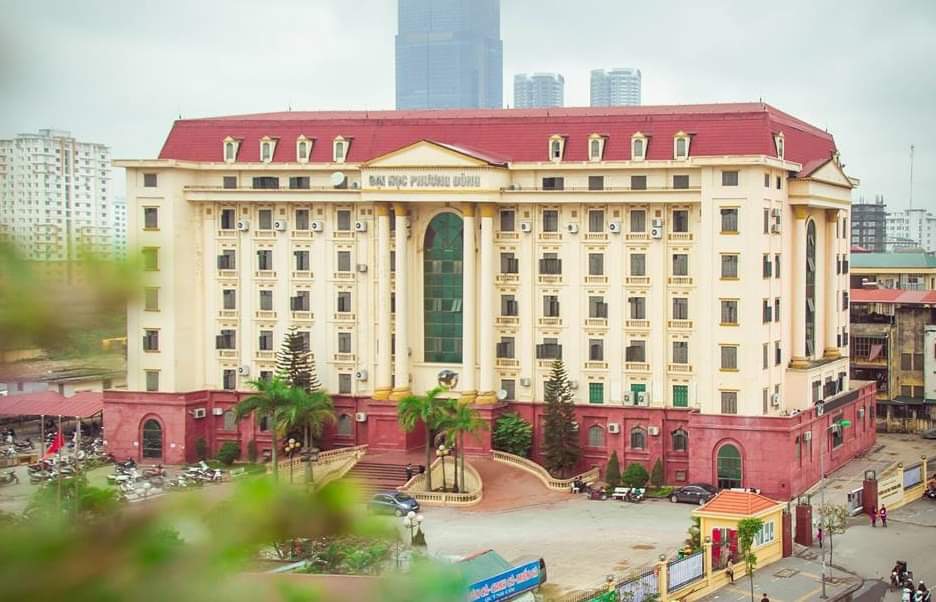
Oriental University
After Circular 45 was issued, the school continued to re-submit the dossier to the Ministry. However, the dossier with the resolution of the board of directors still had disagreements about the transfer of collective ownership to individuals and the composition of the school's organizational structure, so the Ministry requested to redo it to reach consensus. In 2020, the school continued to submit a dossier to the Ministry and was asked to supplement some points. By 2021, the entire content and procedures of the school's dossier were completed in the direction of having full consensus from the founders and investors in accordance with regulations.
Meanwhile, over the years, Phuong Dong University has also encountered similar problems and complications, and by 2022, the school's internal affairs still could not reach a consensus on a plan to handle finances, assets, and resolve benefits for meritorious people.
CREATE SEPARATE PROJECTS FOR 2 SCHOOLS
Faced with that reality, on May 11, 2022, the Ministry of Education and Training sent an official dispatch to Saigon University of Technology and Phuong Dong University to solicit comments on the Project to convert the type of public university to a private university to resolve difficulties and problems in the conversion process of these two schools.
The solution proposed in the draft project is to allow Saigon University of Technology and Phuong Dong University to operate under the regulations on organization and operation of private universities, allowing these universities to apply the provisions of the Law on Amendments and Supplements to a number of articles of the Law on Higher Education in 2018 for investors of private higher education institutions in the process of converting to private universities to ensure the rights of students and lecturers of the two schools.
By March 2023, the Ministry of Education and Training officially had a project to complete the conversion of Phuong Dong Private University and Saigon Private University of Technology into private universities. At the same time, a document was submitted to the Prime Minister, stating that Saigon University of Technology had agreed with the conversion completion project previously drafted by the Ministry of Education and Training, while Phuong Dong University had not yet agreed with the Ministry's project. From there, the Ministry proposed to complete the conversion of Saigon University of Technology according to the approved tasks and solutions, while Phuong Dong University will implement the implementation when the school is internally unified.
Then, on April 25, the Government Office sent an official dispatch to the Ministry of Education and Training, directing the Minister of Education and Training to directly work with leaders of relevant ministries and agencies to agree on solutions in accordance with regulations, and only report to the Prime Minister on issues under the Prime Minister's authority to handle, including proposing solutions in accordance with the law and decision-making authority.
The main problem is in finance and assets.
Experience in the first years of changing school types shows that the difficulties of schools mostly lie in finance and assets. In fact, when establishing a private university, the founding members contribute their efforts in many different forms such as land, money, personal reputation, etc. After many years of operation, the school has formed a very large accumulated asset. When changing to a private university, it must be converted into contributed shares of each member.
Schools that achieve high consensus among founding members will have their transformation into private universities carried out quickly.
Professor Bui Van Ga , former Deputy Minister of Education and Training
Many advantages after switching to private model
From March to September 2015, Van Lang University completed the conversion dossier. In October 2015, the Prime Minister issued a decision on the conversion of Van Lang University. After that, the school held an investor congress in November 2015 and elected a board of directors. After converting to a private university, the operation and activities were more favorable, with complete autonomy in finance, organization and personnel.
Dr. Vo Van Tuan , Vice Principal of Van Lang University
Source link


![[Photo] General Secretary To Lam receives French Ambassador to Vietnam Olivier Brochet](https://vstatic.vietnam.vn/vietnam/resource/IMAGE/2025/4/17/49224f0f12e84b66a73b17eb251f7278)
![[Photo] National Assembly Chairman Tran Thanh Man meets with outstanding workers in the oil and gas industry](https://vstatic.vietnam.vn/vietnam/resource/IMAGE/2025/4/17/1d0de4026b75434ab34279624db7ee4a)
![[Photo] Closing of the 4th Summit of the Partnership for Green Growth and the Global Goals](https://vstatic.vietnam.vn/vietnam/resource/IMAGE/2025/4/17/c0a0df9852c84e58be0a8b939189c85a)
![[Photo] Promoting friendship, solidarity and cooperation between the armies and people of the two countries](https://vstatic.vietnam.vn/vietnam/resource/IMAGE/2025/4/17/0c4d087864f14092aed77252590b6bae)

![[Photo] Nhan Dan Newspaper announces the project "Love Vietnam so much"](https://vstatic.vietnam.vn/vietnam/resource/IMAGE/2025/4/17/362f882012d3432783fc92fab1b3e980)
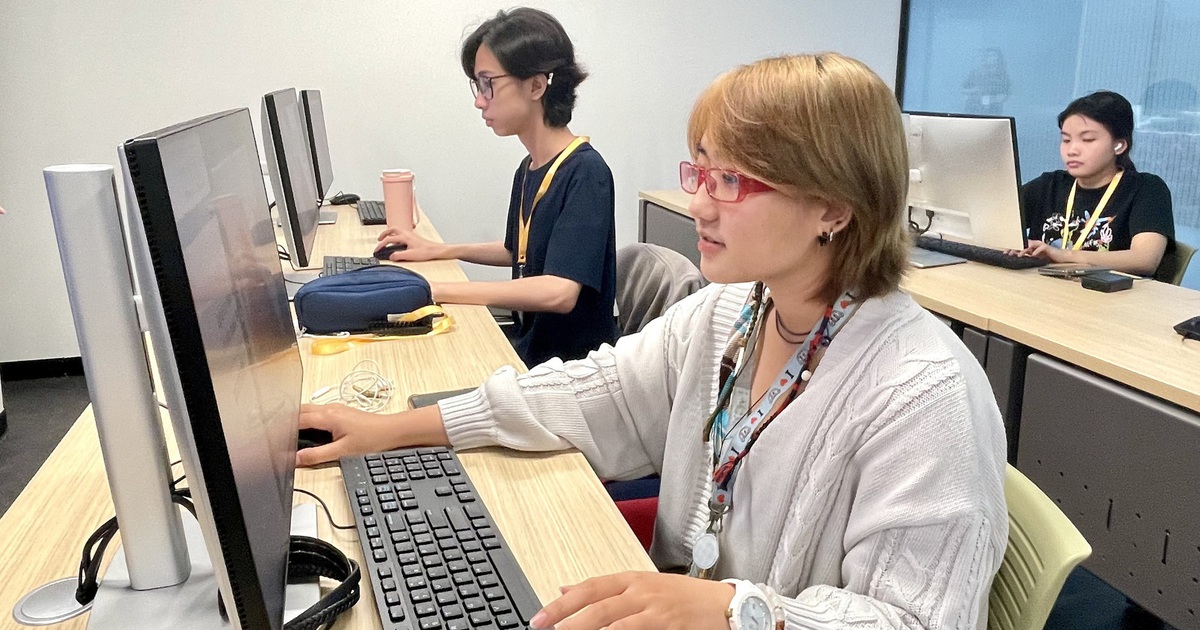
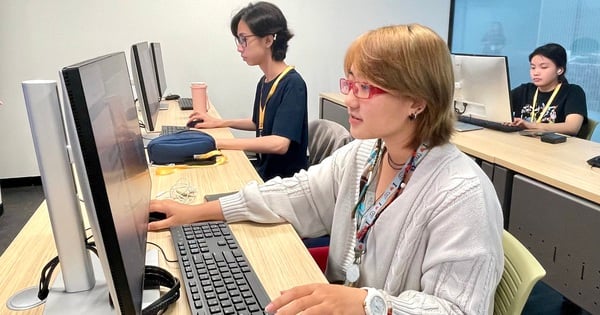
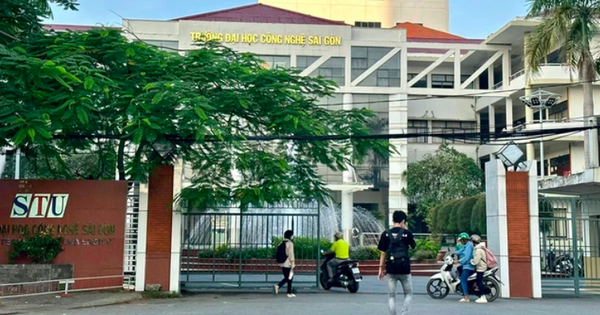
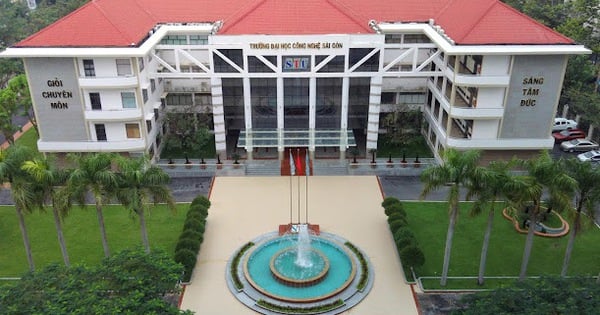


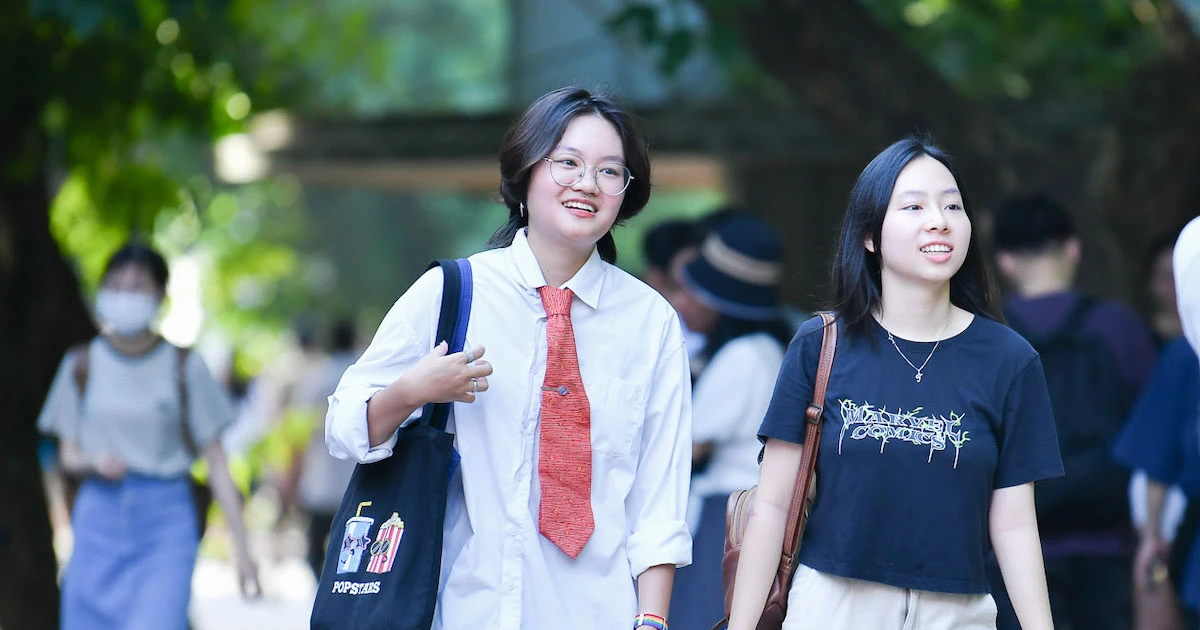
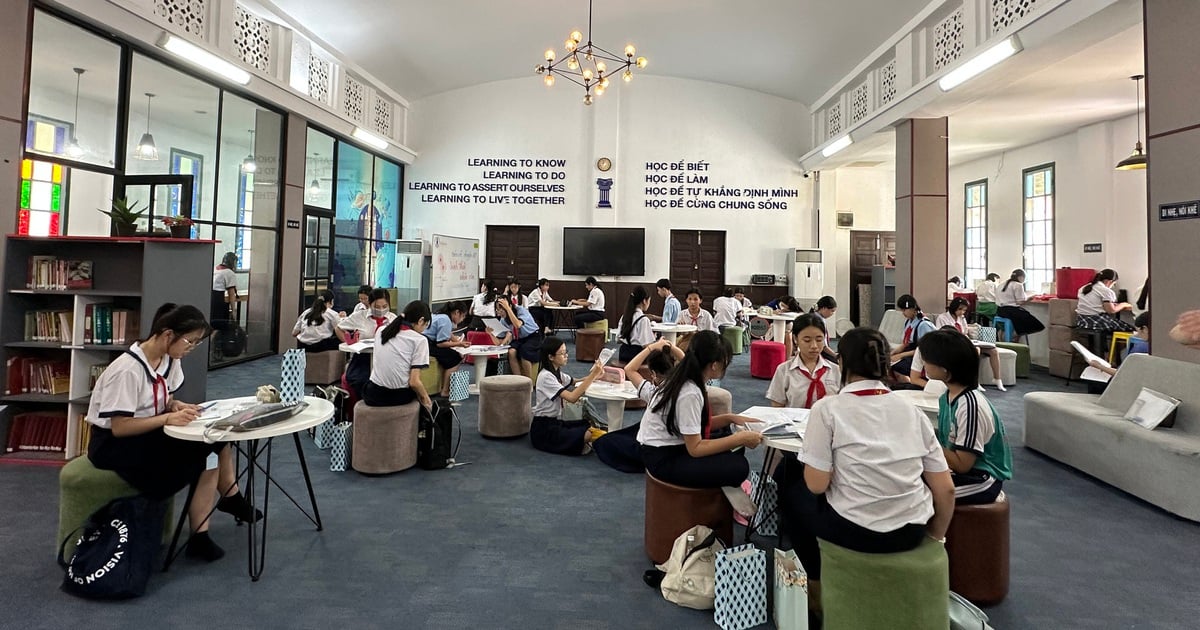
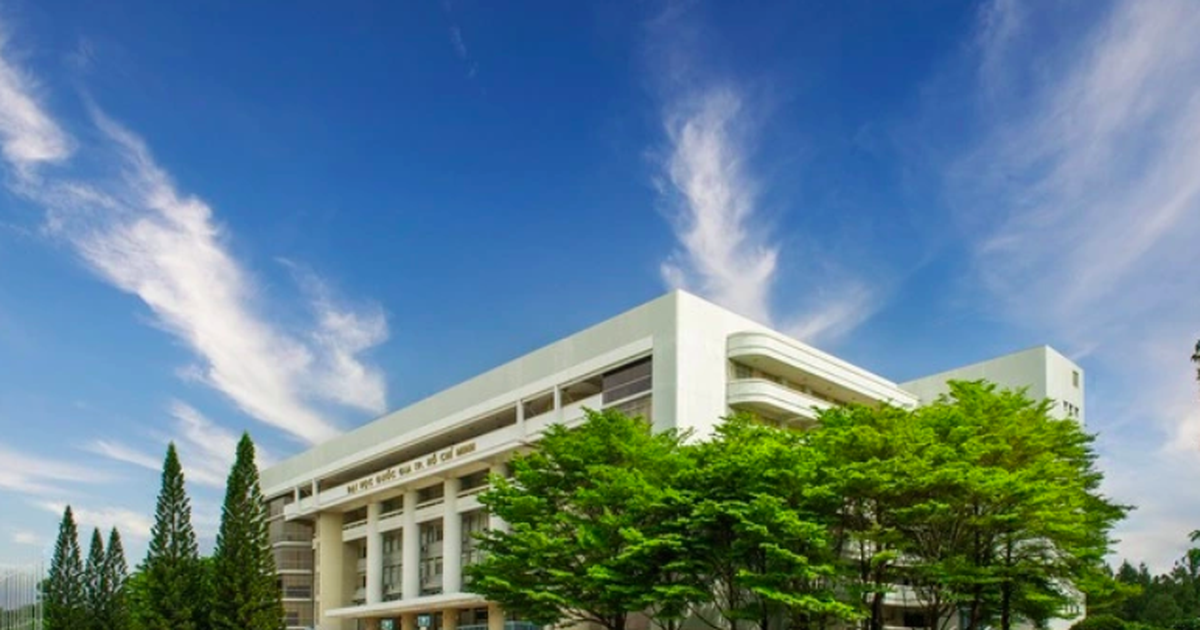
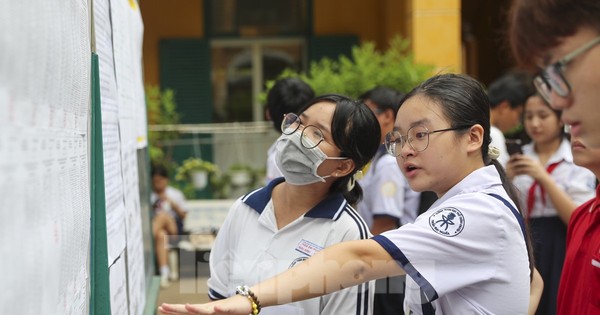




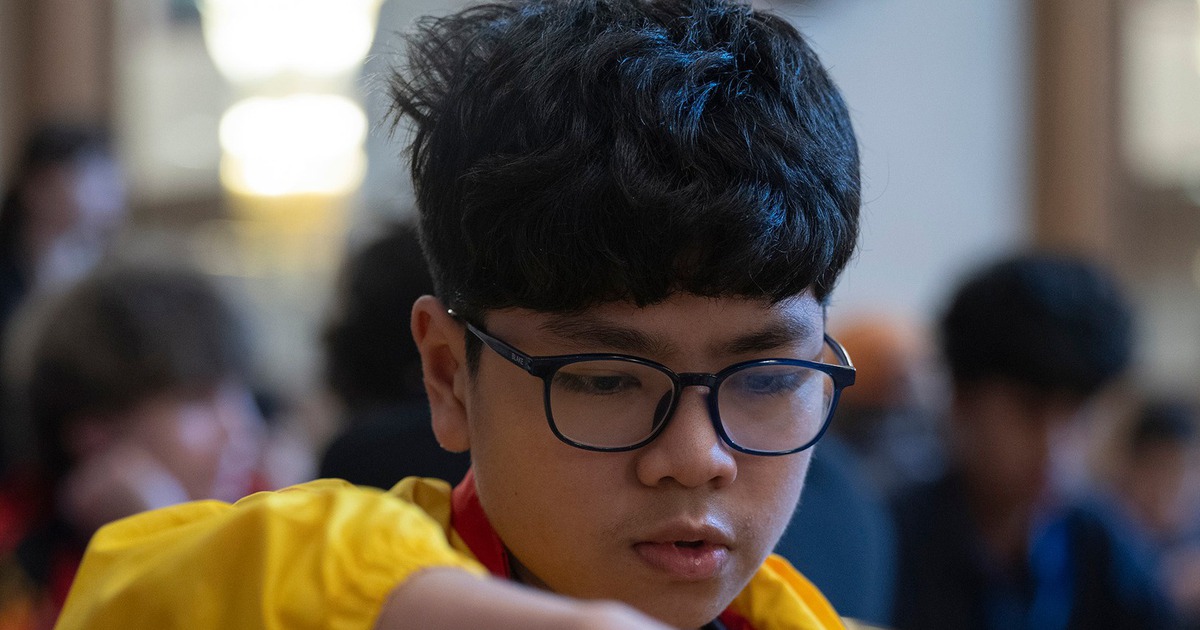

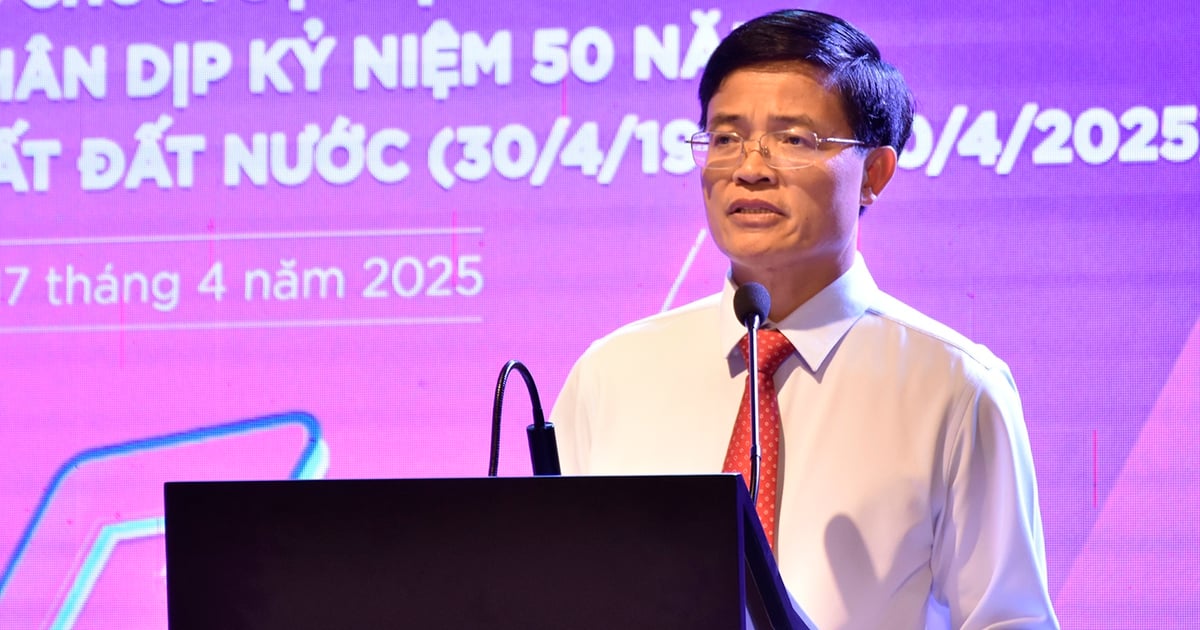


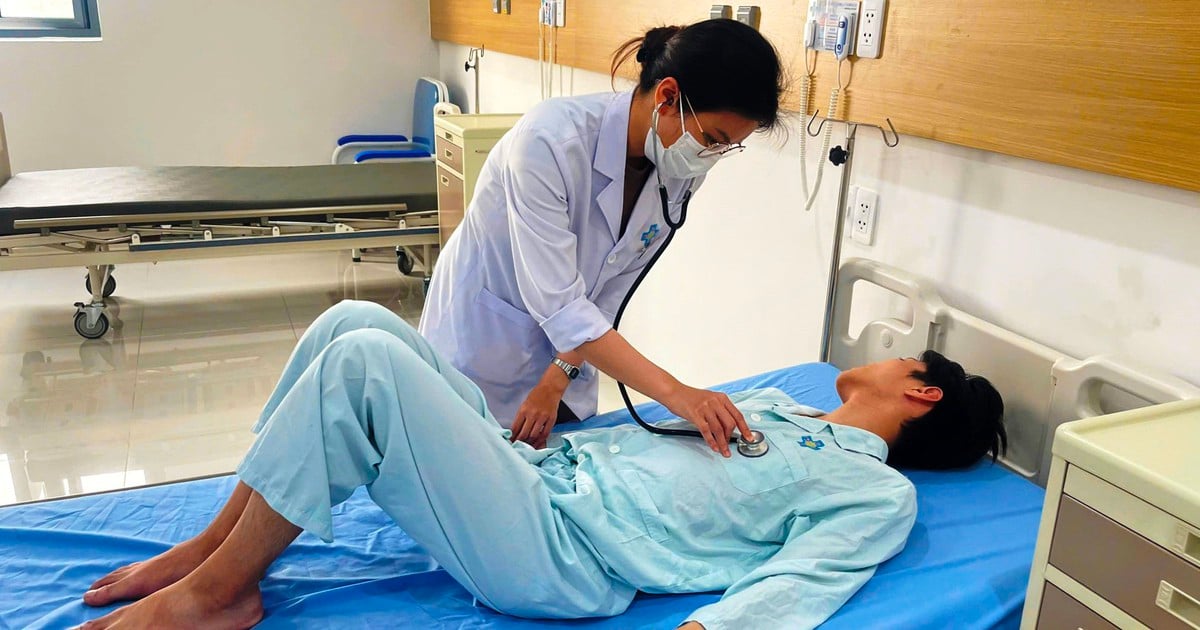
![[Photo] Welcoming ceremony for Chinese Defense Minister and delegation for friendship exchange](https://vstatic.vietnam.vn/vietnam/resource/IMAGE/2025/4/17/fadd533046594e5cacbb28de4c4d5655)















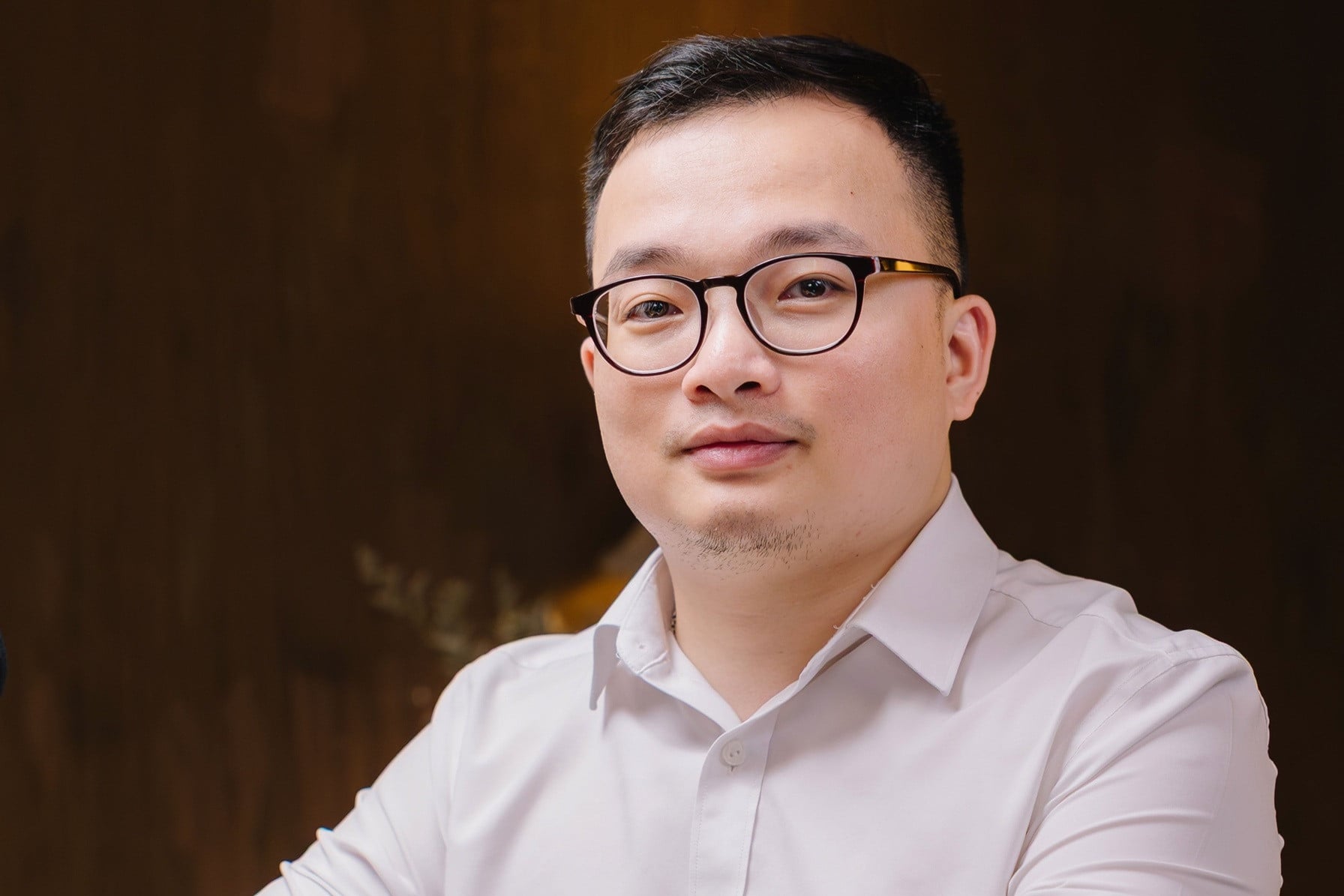












![[Video] Viettel officially puts into operation the largest submarine optical cable line in Vietnam](https://vstatic.vietnam.vn/vietnam/resource/IMAGE/2025/4/17/f19008c6010c4a538cc422cb791ca0a1)
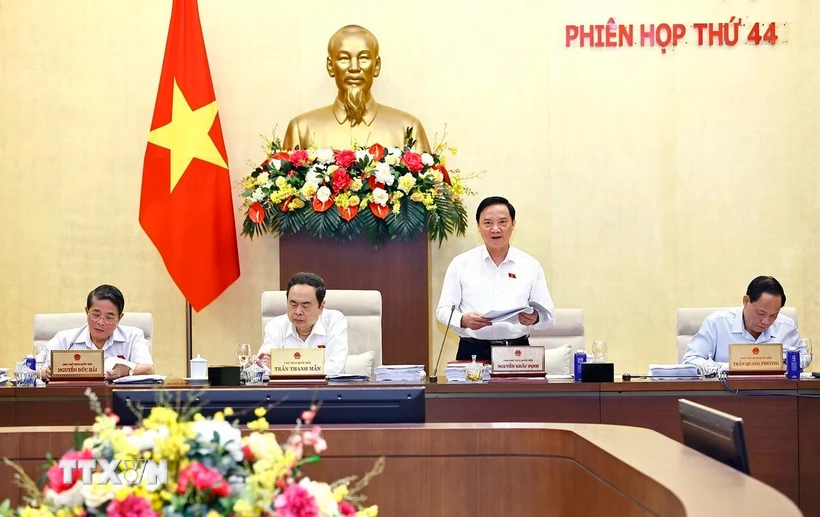
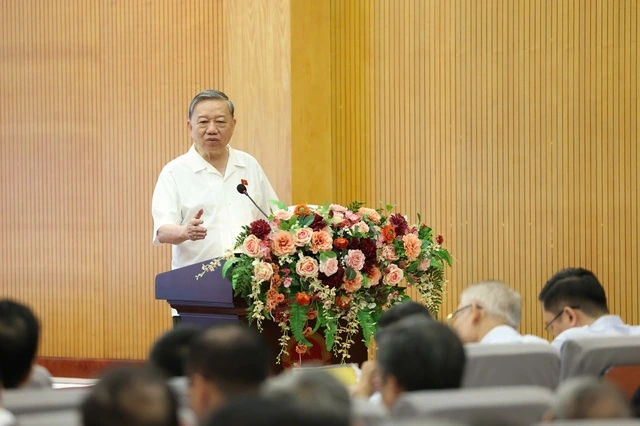
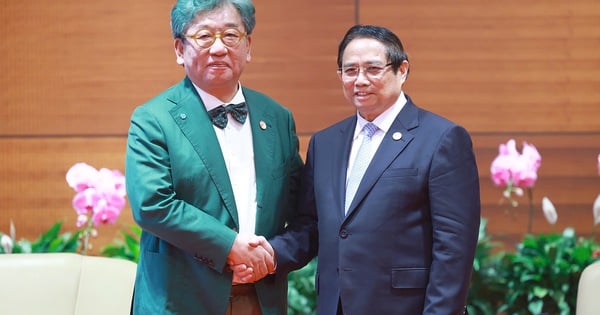

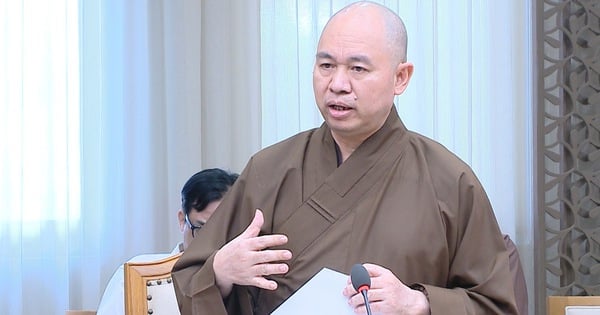
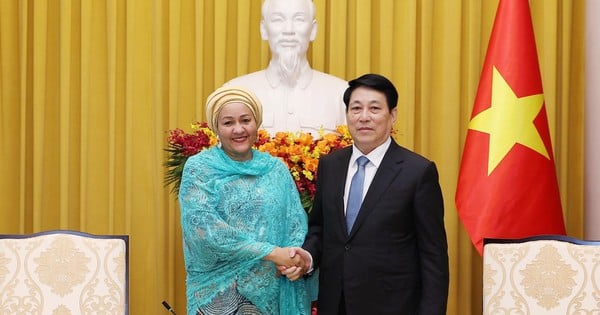
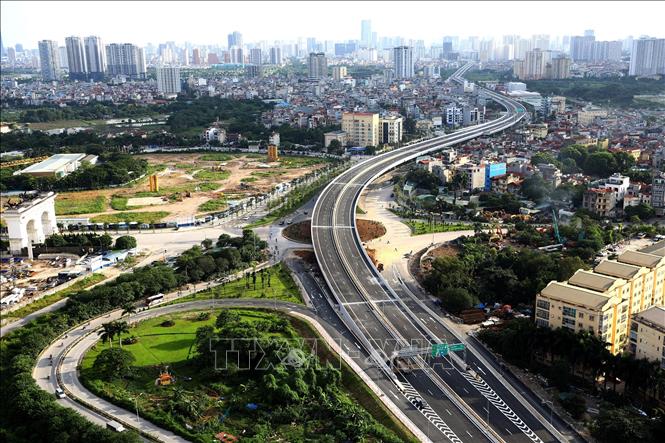



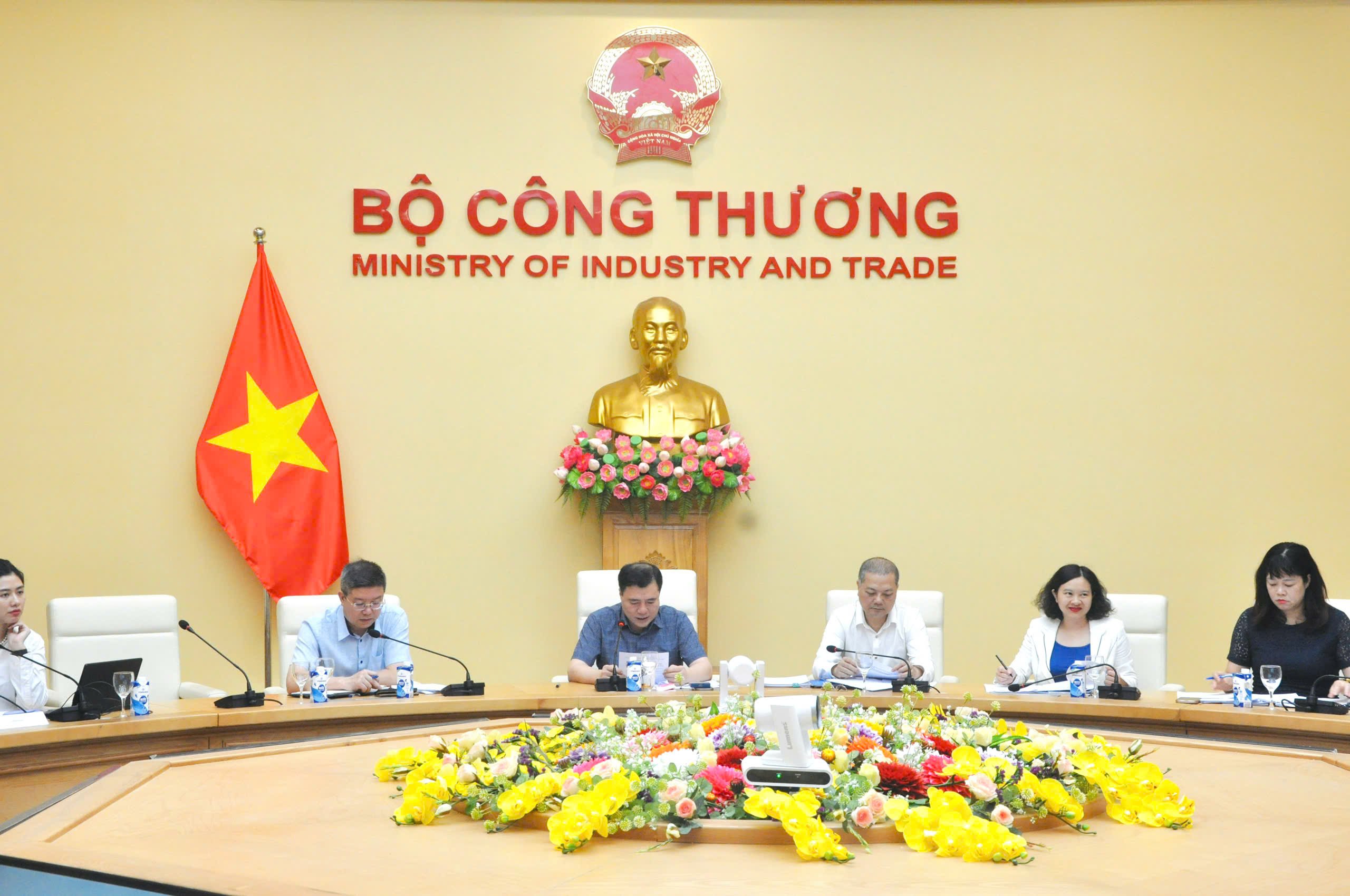

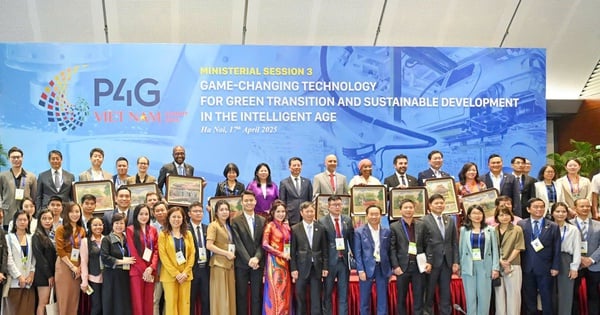

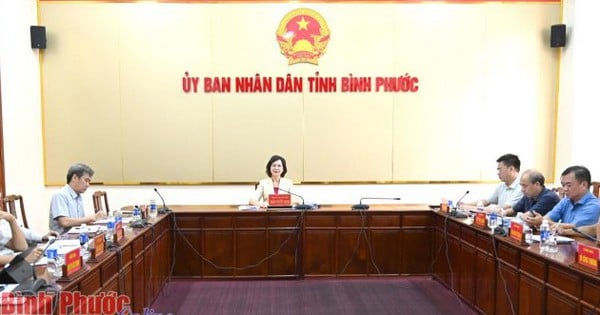

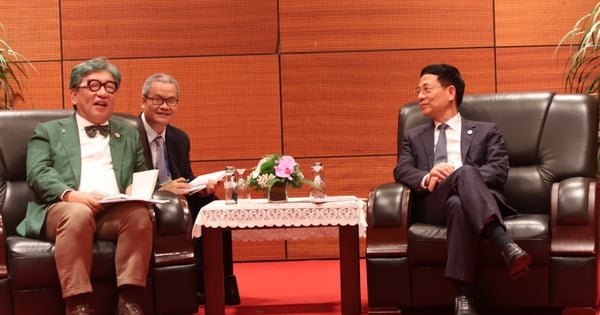




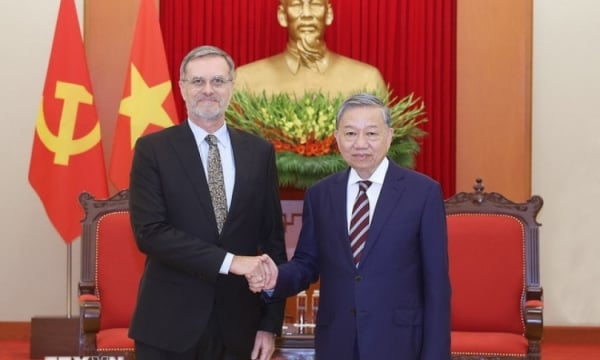

















Comment (0)